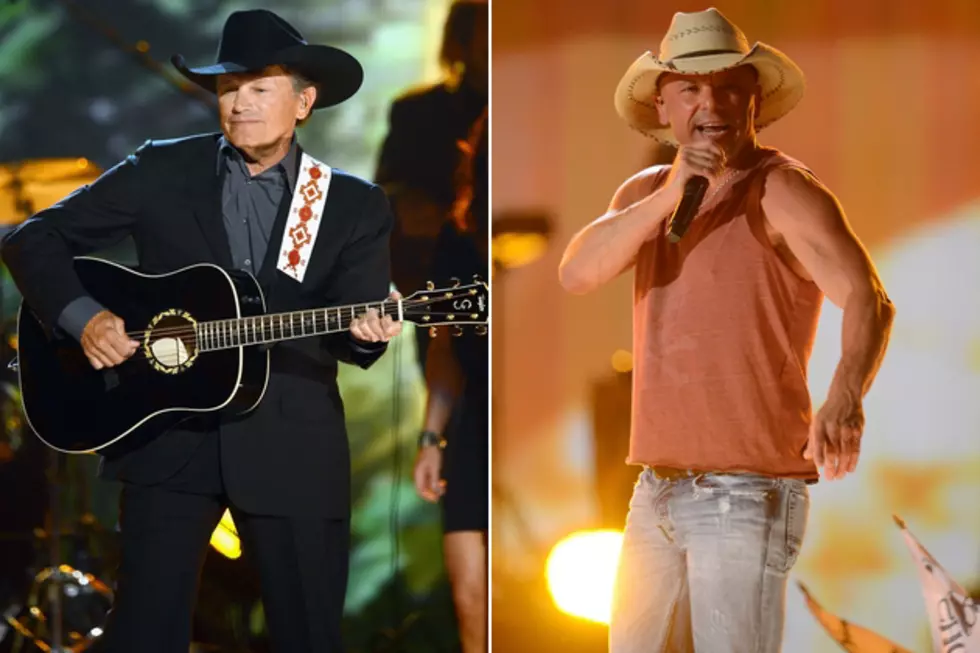
MSU Announces Fall Enrollment
BOZEMAN – Montana State University today announced its fall enrollment and its latest graduation and student retention rates, all of which are among the highest the university has seen in a generation.
In total, 16,766 students are enrolled at MSU this fall, according to the traditional fall headcount. Of those, 9,911 are Montana residents, representing 59% of the student population.
First Day of Fall Classes on Campus
This fall’s enrollment represents the second highest in the university’s history and is just shy of last fall’s record of 16,902.
Importantly, the university is graduating more students and doing so in a shorter period of time than at any time in modern history. MSU has made dramatic gains in the number of students who graduate in four years, increasing its four-year graduation rate from 19.6% in 2012 to its current 29.7% During the same period, MSU’s five-year graduate rate also jumped from 41.5% to 50.4%.
“This year we are celebrating the fact that more students are graduating from Montana State at a faster clip. This is, and always will be, success worthy of celebration,” said Montana State University President Waded Cruzado.
Such increases in the 4-year and 5-year graduation rate mean more students enter their post-graduation work lives and pursuits earlier. This has the consequence of decreasing MSU’s overall enrollment. In the past, those students would have taken six years to graduate, keeping the university’s overall enrollment higher. The university’s overall six-year graduation rate also hit a new record, increasing from 48.9% in 2010 to 56.1% today.
“Enrolling students is only the very start of our job,” Cruzado said. “The real work is helping them stay in school, be successful and graduate. Today’s data shows we are graduating a higher percentage of students than ever, something we are very proud of.”
MSU also set a new record in the number of students who graduated: 3,362 in the past academic year, a 4% increase, or 130 more than the prior year. This larger graduating class accounts for nearly all of the shift in the university’s fall 2019 enrollment numbers. MSU’s number of annual graduates is now 17 percent larger than it was five years ago, with this year's total sitting at roughly 500 more than the 2014 number.
“When students graduate earlier, they graduate with less debt and enter the working world earlier,” Cruzado said. “By entering the work force earlier, students reach their peak earning years at the end of their careers earlier, which can have a massive impact on overall lifetime earnings.”
MSU’s Freshman 15 program continues to be a major contributor to increasing MSU’s four-year graduation rate. The program, launched in 2011, encourages students to take at least 15 credits per semester to keep them on track to graduate in four years. Graduating on time saves students thousands to tens of thousands of dollars in educational, food and housing costs. The added bonus is that Montana University System students do not pay additional tuition for credits beyond their first 12.
Since the Freshman 15 program started, the number of freshmen taking 15-plus credits per semester has gone from 50% to 78%, jumping 6% from 2018 to 2019 and setting a new record. For the first time, the median student credit load is at 16 credits, an all-time high. Also for the first time, 60% of all undergraduates are taking 15 or more credits.
The university also saw its retention rate remain strong — a measurement of the number of students who return for a second year of school. Approximately 76.5% of first-time, full-time students returned to MSU for their second year, one of the highest retention rates recorded in decades.
The university pays close attention to retention rates, said Chris Kearns, vice president of the Division of Student Success, because committing to a second year of college increases the likelihood a student will stay to complete his or her degree.
Academically, members of MSU’s incoming class remain some of the most accomplished ever seen on the Bozeman campus. This fall’s freshman class has an average ACT score of 25 and set new records for average GPA at 3.57 and SAT score at 1,234.
Among Montana students entering MSU are 143 recipients of the prestigious Montana University System Honor Scholarship, which grants four years of tuition to an eligible state campus. MSU garnered 72% of all Honor Scholarship recipients in the state this fall, a new record. MSU also welcomed eight National Merit Scholarship finalists.
In addition to overall enrollment, highlights from MSU’s fall census include:
- The university saw growth in its College of Arts and Architecture as well as its Jake Jabs College of Business and Entrepreneurship, each of which grew by 2%. The colleges of Agriculture and Letters and Science also grew modestly by less than 1%.
- Gallatin College, the university’s two-year program, saw another record enrollment, growing 12% this fall, with 804 students enrolled. Its enrollment has more than doubled in the past six years, and it remains the fastest growing college of the university.
- The university awarded a record 3,362 degrees last year, which is up 4% over the prior year’s number of 3,232. This includes awarding a record number of doctorates: 101 (an increase of 10 over the prior year’s number); a record number of bachelor’s degrees: 2,551 (155 more than the prior year); and a record number of associate degrees: 106 (two more than the prior year). Expanding the scale, breadth and quality of doctoral education and the number of associate degrees awarded are two of MSU’s strategic goals.
- MSU increased the number of students participating in dual enrollment, where high school students enroll in courses taught at the collegiate level, earning credit for both high school and college content. This fall, 281 students are enrolled in dual enrollment courses, representing nearly a 50% increase over the prior fall. These cooperative curricula are a strategic goal not only of Montana State but of the Montana University System and the state’s Office of Public Instruction.
- by Michael Becker, MSU News Service -
More From K96 FM








![Runaway June Cover a Classic Keith Whitley Song [Watch]](http://townsquare.media/site/204/files/2019/09/Runaway-June-Whitley.jpg?w=980&q=75)
